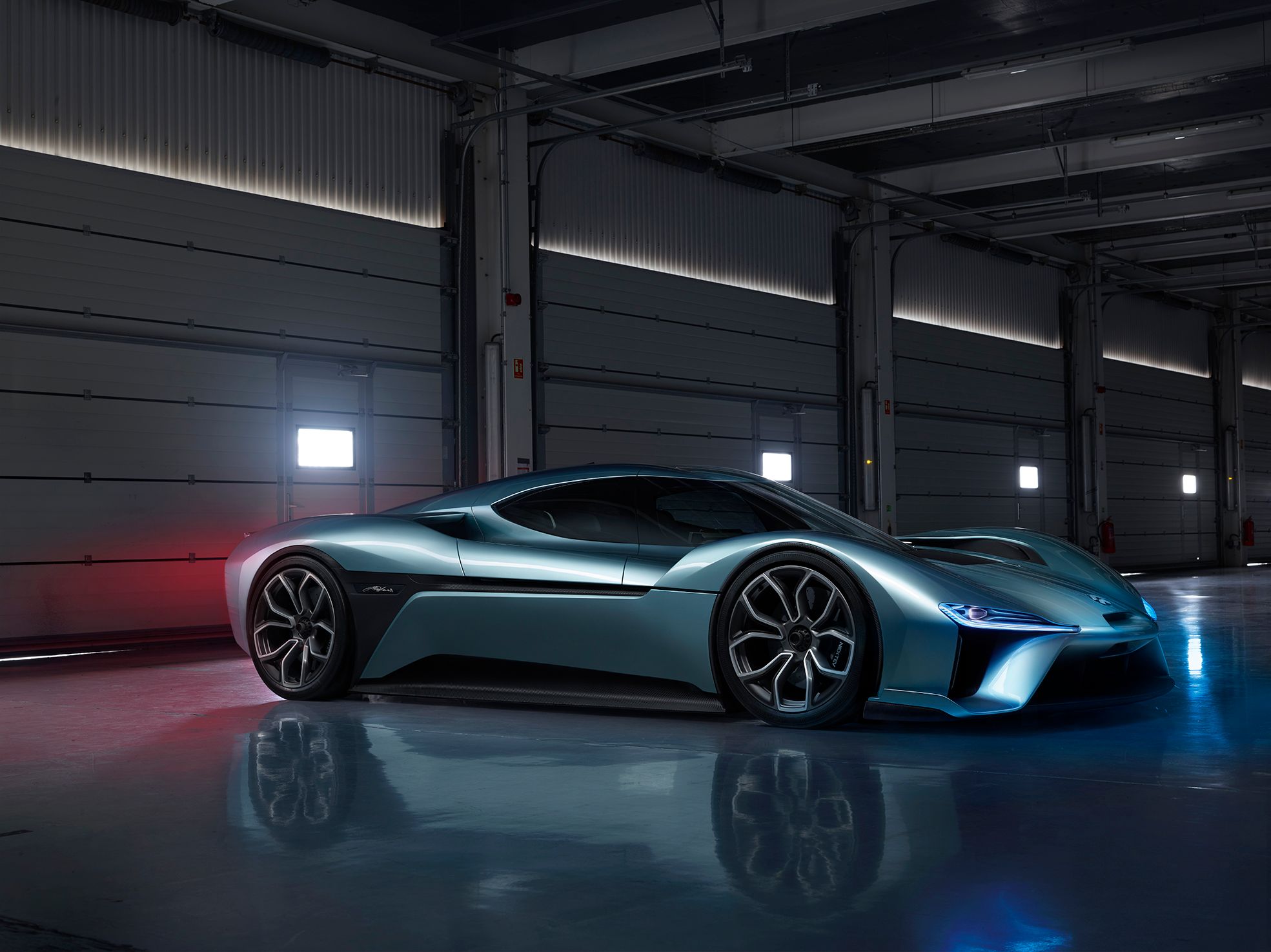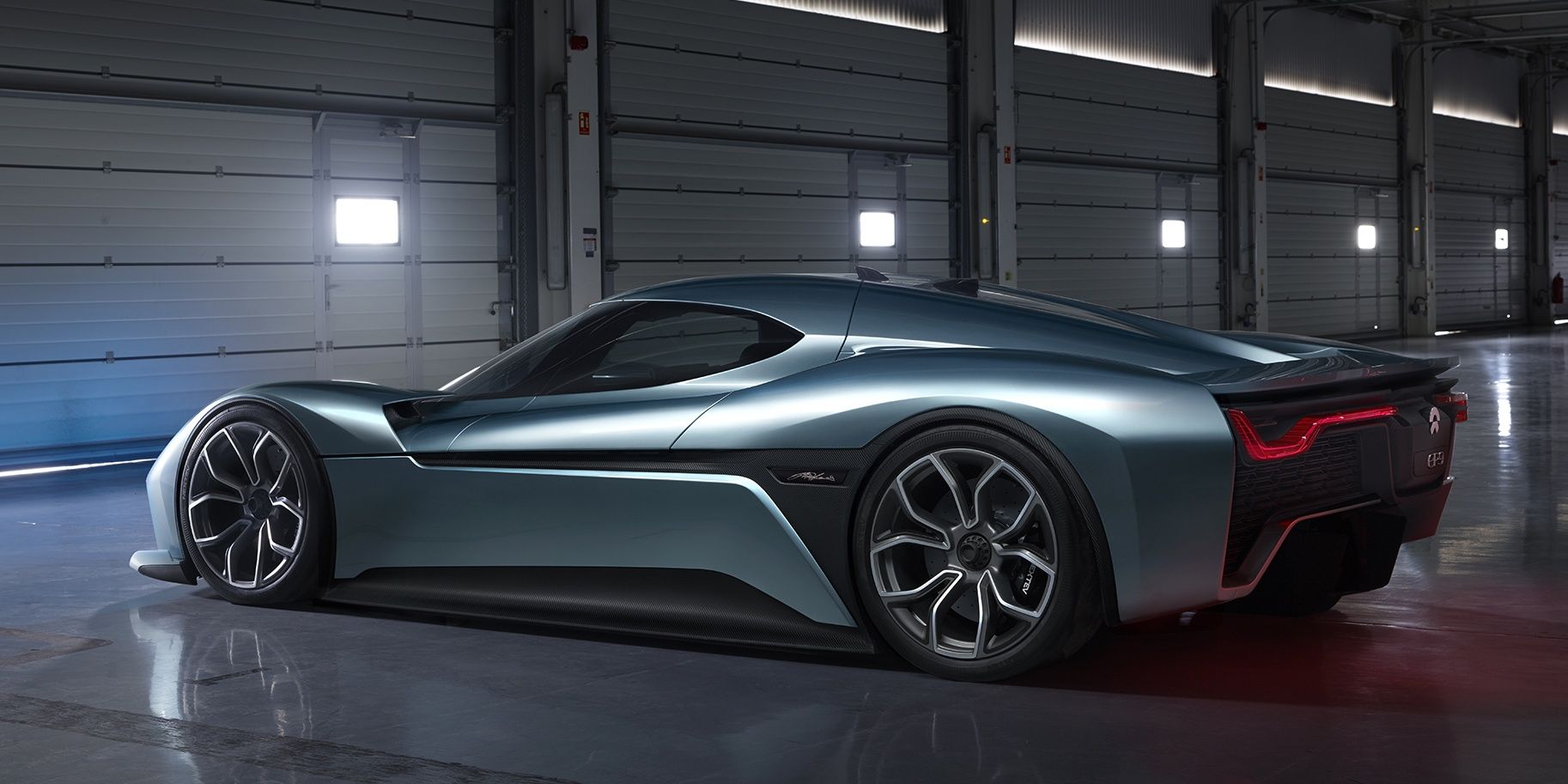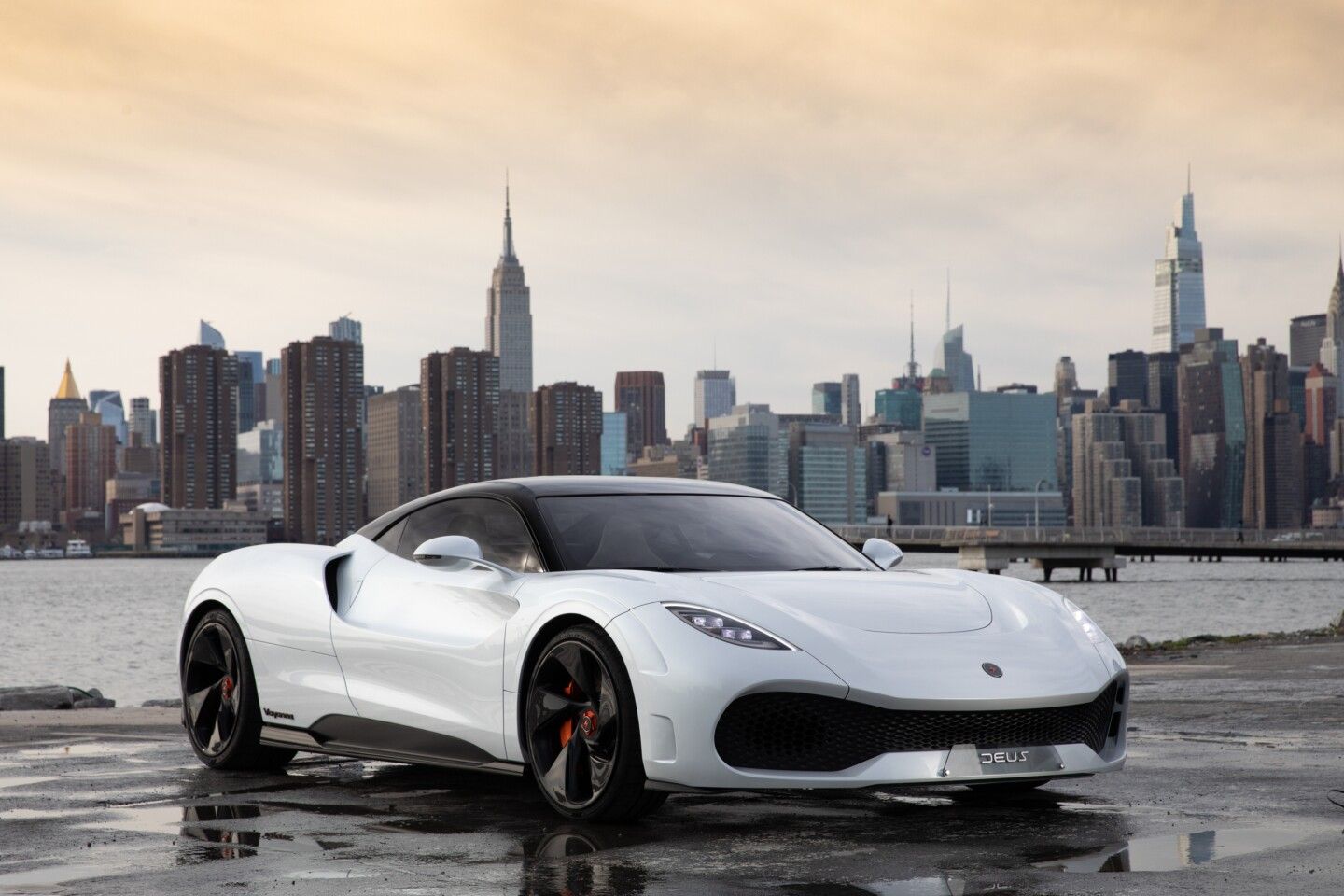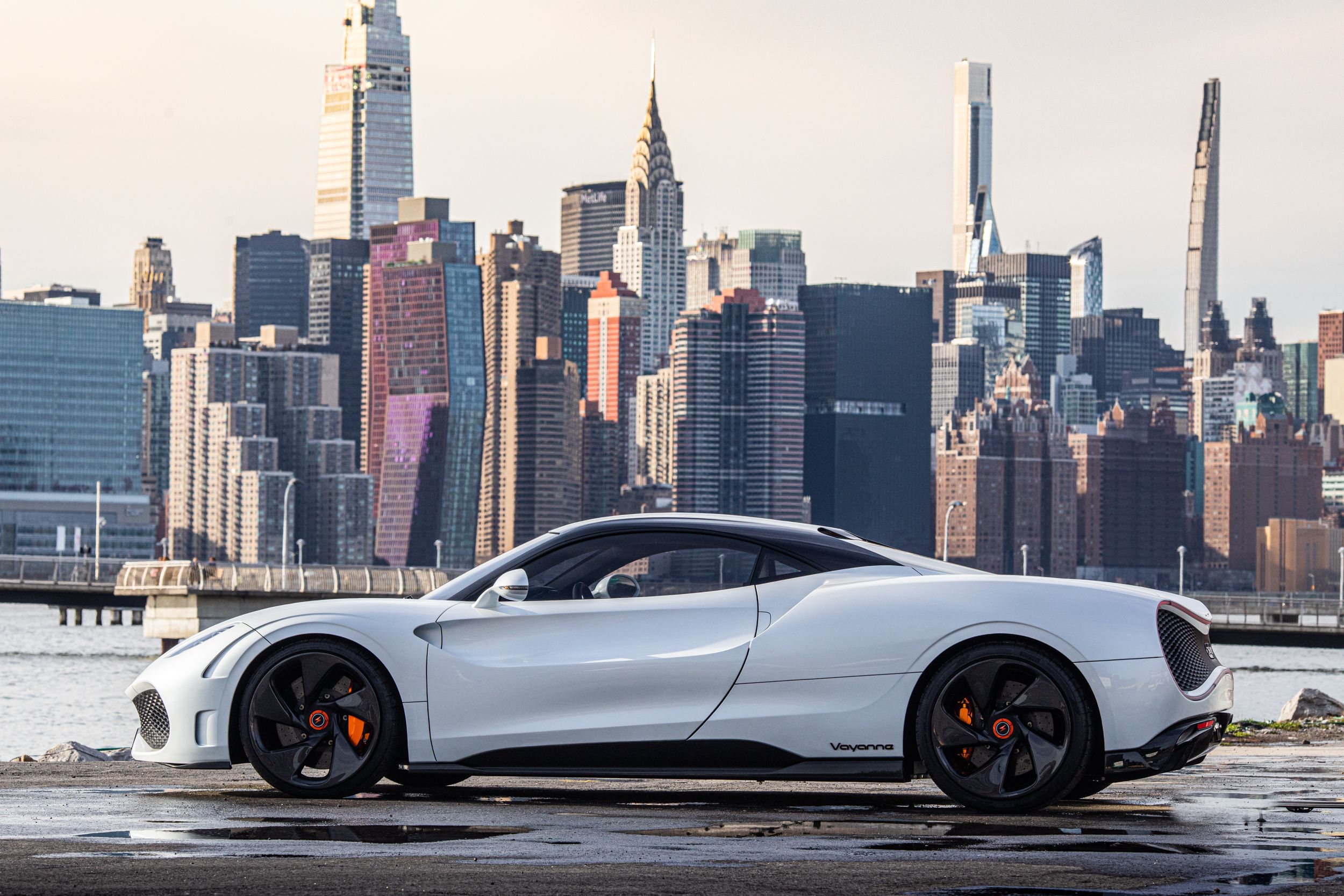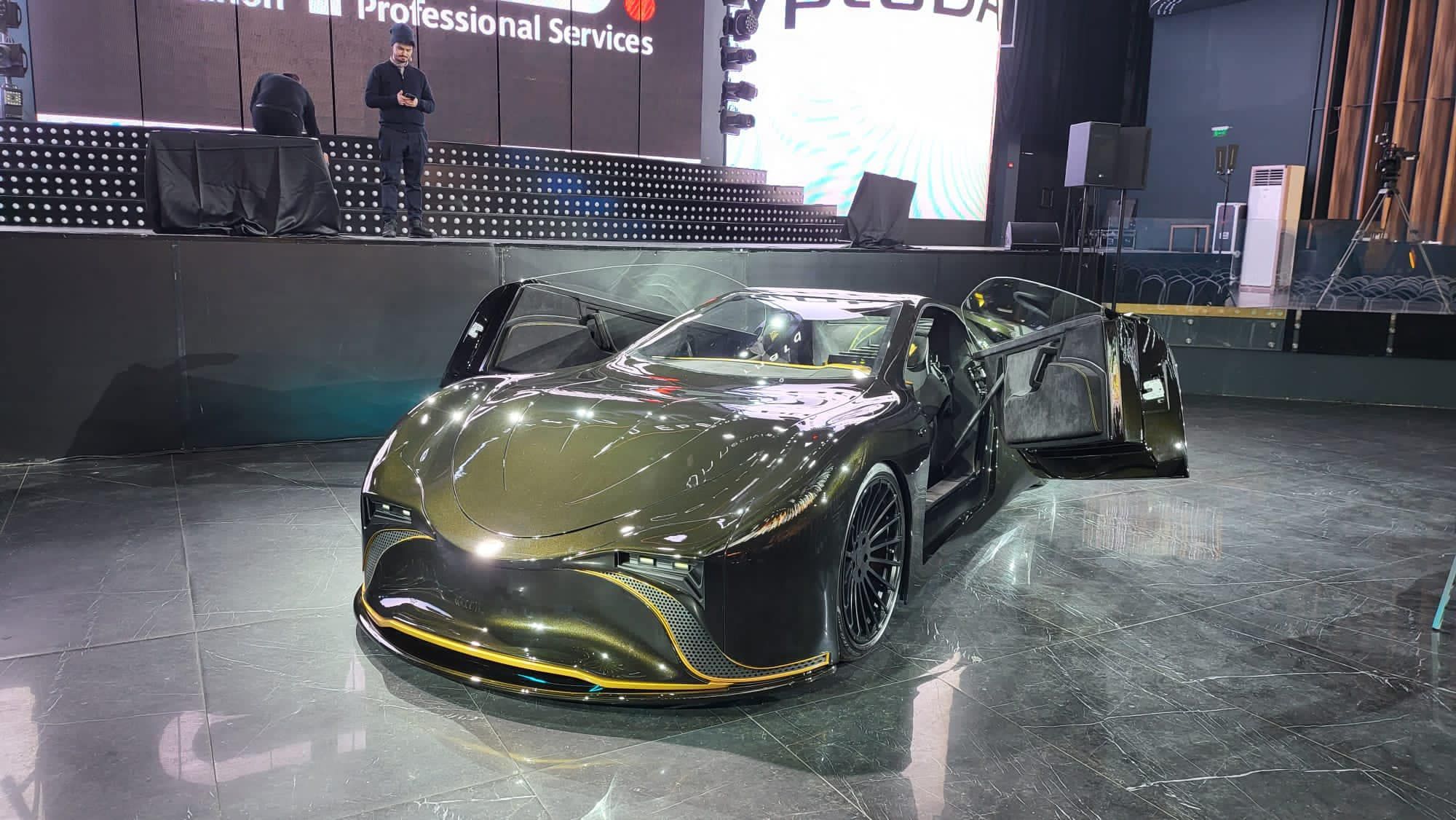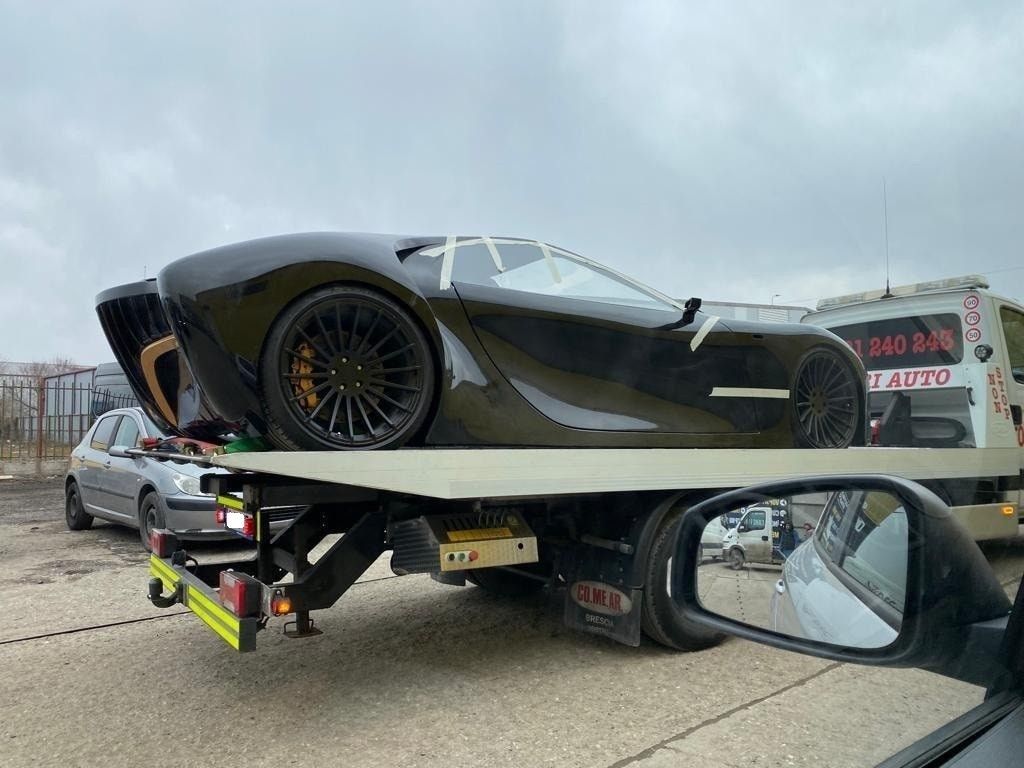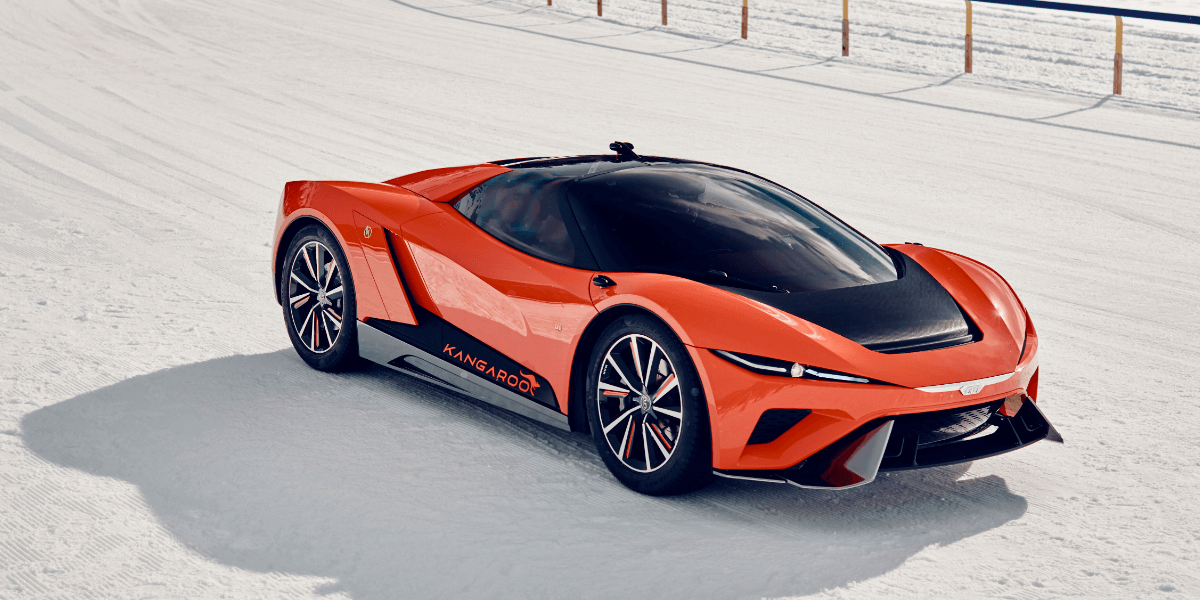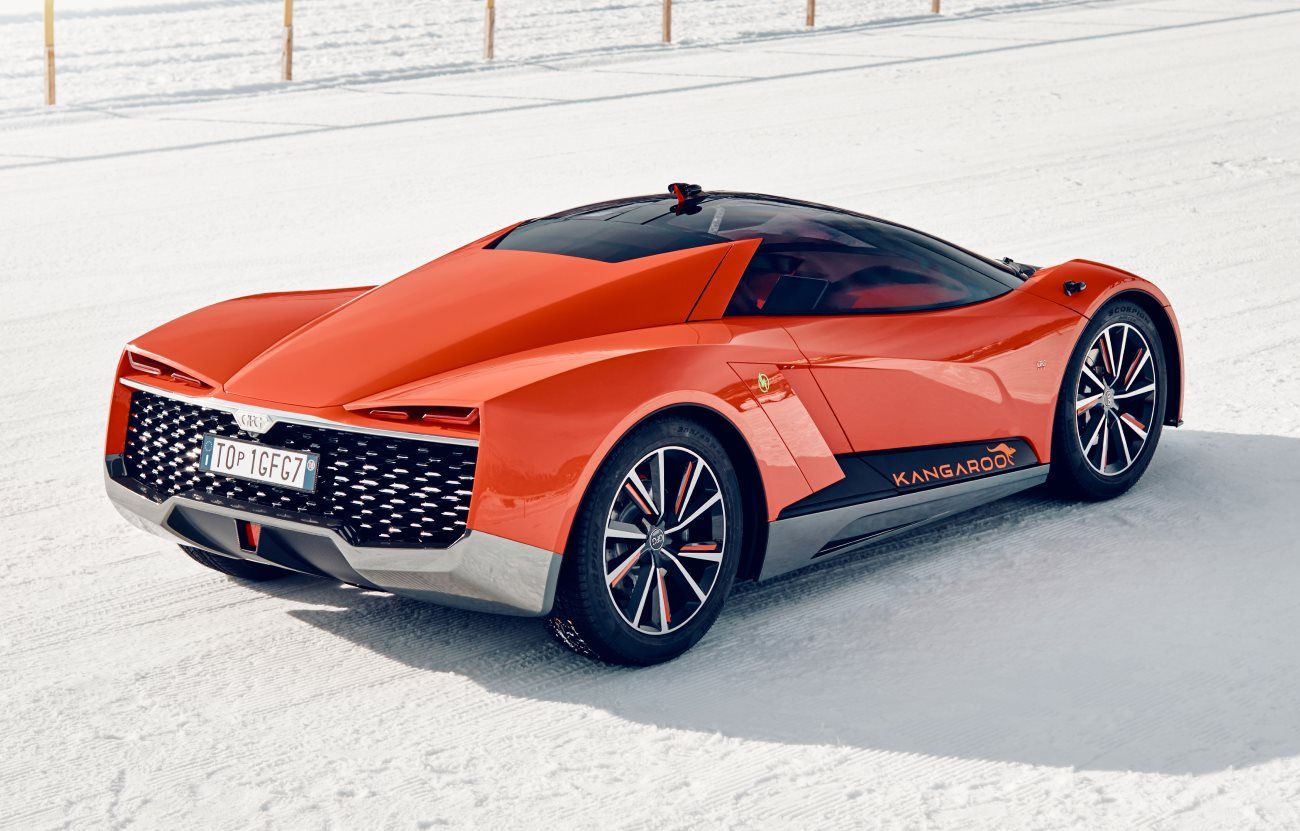Once up a time, electric cars were a joke. They were strange shapes that moved at a snail’s pace, and no one bought them. People barely remember the GM EV1 and still can’t believe the first Nissan Leaf is in any way related to the first one. Big car manufacturers saw this and shelved the idea of making their own versions. Next came the hybrid car, and as gas prices rose and global warming became more evident, these cars began to sell. Soon every brand made hybrid versions of their existing vehicles, and a large percentage of their sales came from them. Then came the paradigm shift, primarily due to Tesla. Their cars were cool and status symbols. They were modern, full of technology, and more environmentally friendly. At that point, a light bulb went off in the heads of car manufacturers and innovators with startup companies.
Today, car brands that used to jam large V10 and V12 engines into their cars have changed their formulas and shifted to smaller engines with turbochargers. Batteries also became smaller and more efficient, and electric cars became the next big thing that even companies like Ferrari and Lamborghini were excited to build. They found that using batteries could make cars that churned out incredible performance numbers, and seeing who could do it the best became a sort of arms race. One company would get 800 hp, then another 850 hp. Now reaching over 1,000 hp or more is the norm and essentially the standard for electric supercars. Individuals, not big manufacturers, started small companies, and while their ideas were great, building them was expensive. Some startup companies designed and maybe even built prototypes of their cars, but their cost became prohibitive to produce, and they slowly faded into the background. Other companies have taken their original prototypes and are turning them into a reality, but they’re still years away from production. If you look, you can still find the prototypes, some of which are so exciting that driving them becomes a dream. Here are 10 of those cars we wish were more than vaporware or ready to be driven.
10 Raesr Tachyon Speed
Holy Concept Car, Batman! Raesr (Rice Advanced Engineering Systems and Research) Automotive is a Los Angeles-based company founded by Eric Rice in 2014 and focused on developing electric cars. The first model they created was the Tachyon Speed which they displayed in 2017. Tachyon is a Greek word tachus, which means fast, and represents a theoretical particle that’s faster than light. It’s the perfect term for a car with six electric motors split between two up front and four at the back. The power of these motors adds 1,250 hp with 3,650 lb-ft of torque.
That’s five times more torque than a Ram 3500 Cummins Turbo Diesel. It can accelerate to 240 mph and creates 1.4 Megawatts of energy, enough to power a town with 500 residents. There is room for the driver and one passenger with tandem-style seating, where the passenger sits behind the driver. There is a double clamshell room that pops open. With that kind of power use, it’s not surprising that it only gets 150 miles per charge. It will be priced at around $750,000.
9 Dendrobium D1
Dendrobium was the car design division of the Singapore-based Vanda Electrics, with board members that included former Ferrari, Pagani, and Rimac executive Jens Sverdrup and chairman Michael Kimberley, co-founder of Lotus Engineering. Almost five years ago, they brought their D1 concept car destined for the UK to the Geneva Motor Show, creating a buzz.
The D1 had a solid-state battery powering two electric motors, giving the car 1,800 hp, a 0-60 mph time of 2.7 seconds, and a top speed of over 200 mph. To help achieve this speed, it had a target weight of 3858 lbs with a low sitting stance. The doors opened up and back and had a petal-shaped roof that made it look like a dendrobium orchid native to Singapore. The sad thing is that production never came to fruition and disappeared from existence almost as fast as it moved.
8 ELegend EL1
Most electric cars are imagined with a futuristic look that is a radical departure from the cars being built now. Car builders Elegant, located in Beilngries, Bavaria, has joined the designs of the Lancia 037 from Kimera Automobili and the Opel Manta GSe ElektroMOD in going for a retro look. The E1 harkens back to the Audi Sport Quattro from the 1980s. Together with Roding Automobile, a technological specialist, they have created a modern supercar with a carbon monocoque, all-wheel drive, and a 90-kWh battery.
Three electric motors create 816 hp and accelerate to 62 mph in 2.8 seconds. The sprint from a standstill to 200 km/h (124 mph) is achieved in just 8.5 seconds. A top speed of around 186 mph can be reached. Right now, the plan is to build 30 of the E1 and have plans to make two more rally-inspired models, the E2 and E3. The E1 only exists as a computer rendering, but as of July 2022, there is still the money and plans to make it a reality. It is estimated that it will cost just over $1,000,000.
7 Lotus Type 135
In 2021 Lotus ended the production of its super lightweight entry-level car, the Elise. To replace it, they will build an electric sports car known by the code name 135 until they give it an official name. The idea is that it will still follow the same approach of the Elise. Unfortunately, being an electric car with heavy batteries, it’s unlikely that it will be able to match the same weight, but Lotus hopes it will still be the lightest car in its class. Similarly, the price will also probably increase unless there is a price drop in material costs but aim for it to cost between $115,000 and $120,000.
Lotus has confirmed this as a 66.4-kilowatt-hour battery, 469-hp rear-mounted motor, and a more potent version with a 99.6-kWh battery and dual-motors good for at least 871 hp. No other performance numbers have been estimated for release to the public. The range will be about 265 miles based on the battery it shares with the European version of Polestar 2. The larger battery could go close to 450 miles per charge. Currently, Lotus hopes to begin production of the 135 in 2026.
6 Piëch GT
Chances are you’ve never heard of Piëch (pronounced Pea-Ache) Automotive, but if everything goes to plan, you will soon. The company is based in Switzerland and was started by Ferdinand Piëch, the grandson of Ferdinand Porsche. To help with its development, Piëch hired Klaus Schmidt, the former head of BMW’s M division, for over 30 years. The Piëch GT debuted at the 2019 Geneva Motor show, but its body styling has since been refined. Its profile has a character similar to a Porsche 911, an Aston Martin, and a Jaguar F-Type, though its competitors will be the Porsche Taycan and the Audi e Tron GT.
Piëch has estimated that it will have 604 hp with a 0-60 mph time of under 3 seconds and up to 125 mph in under 9 seconds. To do this, it will use “pouch cell’ technology which is forty percent lighter than lithium-ion batteries and easier to package. They will have the benefit of charging more quickly without heating up. The GT will employ two batteries, one in the center tunnel and one at the rear axle. This makes the car lighter, with a 40/60 weight distribution that results in better handling. These “pouch cell” batteries are also able to change to 80% in only minutes, which will take you 310 miles. 1,200 cars will be produced yearly, costing about $200,000.
5 Wiesmann Project Thunderball
Before they filed for bankruptcy in 2012, Wiesmann GmbH was never afraid to break the mold building their cars. It’s as if there was s a time machine in their factory bringing cars from the 1960s. Now they’re back, and their new EV, known by the name Project Thunderball, looks slightly more modern, but you’ll still know it’s a Wiesmann car. They are claiming it will be the world’s most exciting sports car.
During its first lifetime, they were powered by BMW engines, but no longer. Instead, they will use engines from Roding, the same company used by ELegend. Its battery will be 83 kWh giving it a range of 310 miles. Wiesmann says it’s likely that it will have 671 hp and 811 lb-ft of torque and be able to hit 62 mph in 2.9 seconds. Its body will be made of carbon fiber and aluminum, with a few steel parts. It will be RWD with traction and dynamic stability control. Right now, it is estimated that it will cost $320,000.
4 NIO EP9
NIO Auto was founded in Shanghai, China, in 2014. The EP9 is their first hypercar, and its list of performance numbers is almost too good to believe. The car’s chief designer was David Hilton, who was also responsible for the Bentley Bentayga, the Ford Focus RS, and the Ford F-150. Engineers built a chassis and interior made entirely from carbon fiber to save weight. The battery under that skin can go 265 miles and 45 minutes to charge fully. If that’s too long, you can replace the entire battery with another at a swapping station.
Each wheel has its own motor and transmission that create 335 hp, the same as a Nissan 370Z. That gives the NIO a total of 1,341 hp, allowing it to go from 0-62 mph in only 2.7 seconds. To display just how fast the car is, NIO took it to the Nürburgring, where it completed a lap in only 6 minutes and 45 seconds. That’s quicker than a Porsche GT2 RS or a Zonda R. To stop a car going that fast are brakes that are more powerful than those on a GT3 race car. Each EP9 costs $1.2 million to make and will sell for $2,555,000.
3 Deus Vayanne
Another newcomer to the electric car race is the Austrian company Deus and their new concept car, the Vayanne (pronounced vy-Ahn). It was conceived with the partnership of Italdesign and Williams Advanced Engineering. It will benefit from Italdesign’s heritage and skills and Williams’ groundbreaking electrification technologies. The beautiful design is fabricated based on symmetry, which is why the front and rear grill both have the shape of an infinity loop.
Deus is being allusive about the motors, but they say it will make an astonishing 2,200 hp and 1,475 lb-ft of torque. The estimated 0-60 mph time is 1.99 seconds, 0.2 seconds faster than the Tesla S Plaid, and tops out at 248 mph. The battery, which is still under wraps, should have a range of 310 miles. They have announced that 99 will be built, with a plan to release them in 2025.
2 Momentum Huvra
There isn’t a tremendous amount known about the Huvra built by Momentum. The car is designed and built in Romania, as are all the car’s components, from tires to brake discs, bearings, and carbon fiber frame. Two sets of batteries are connected to AI to maximize performance under all conditions. Like the NIO, there will be a swappable battery, but this one will be smaller and designed to get you home for complete charging.
The car’s output would range from 250 to over 900 hp, depending on which of the four driving modes you are in. Those modes are City, Long Road, Sport, and Race Track. The maximum traveling distance is estimated to be 497 miles per charge. The battery size hasn’t been released yet, but they claim it will go from 0-62 mph in 1.8 seconds and have a top speed of 186 mph. Plans are for it to be modular, meaning the owner could add another motor or change it from a rear-wheel drive to AWD. No price has been set yet, but it costs around $82,000 to $153,000 to build.
1 GFG Kangaroo
The Kangaroo isn’t precisely a car like the others on this list but is described as a Hyper SUV. The concept was built by Giorgetto Giugiaro and his son Fabrizio. The GFG Kangaroo is the evolution of 2 other Giugiaro projects, the Audi Nanuk Quattro concept and the Italdesign Giugiaro Parcour. While it’s not related to the Kangaroo, it also has a bit of Jaguar C-X75 styling. The shape makes it look like a supercar, and the doors are exotic. To get in, you open the two-part doors that are scissor-style on the bottom with gullwing windows on top.
The car’s output would range from 250 to over 900 hp depending on which of the four driving modes you are in. Those modes are City, Long Road, Sport, and Race Track. The maximum traveling distance per charge is estimated to be 497 miles. The battery size hasn’t been released yet, but they claim it will go from 0-62 mph in 1.8 seconds and have a top speed of 186 mph. Plans are for it to be modular, meaning the owner could add another motor or change it from a rear-wheel drive to AWD. No price has been set yet, but building it costs around $82,000 to $153,000.
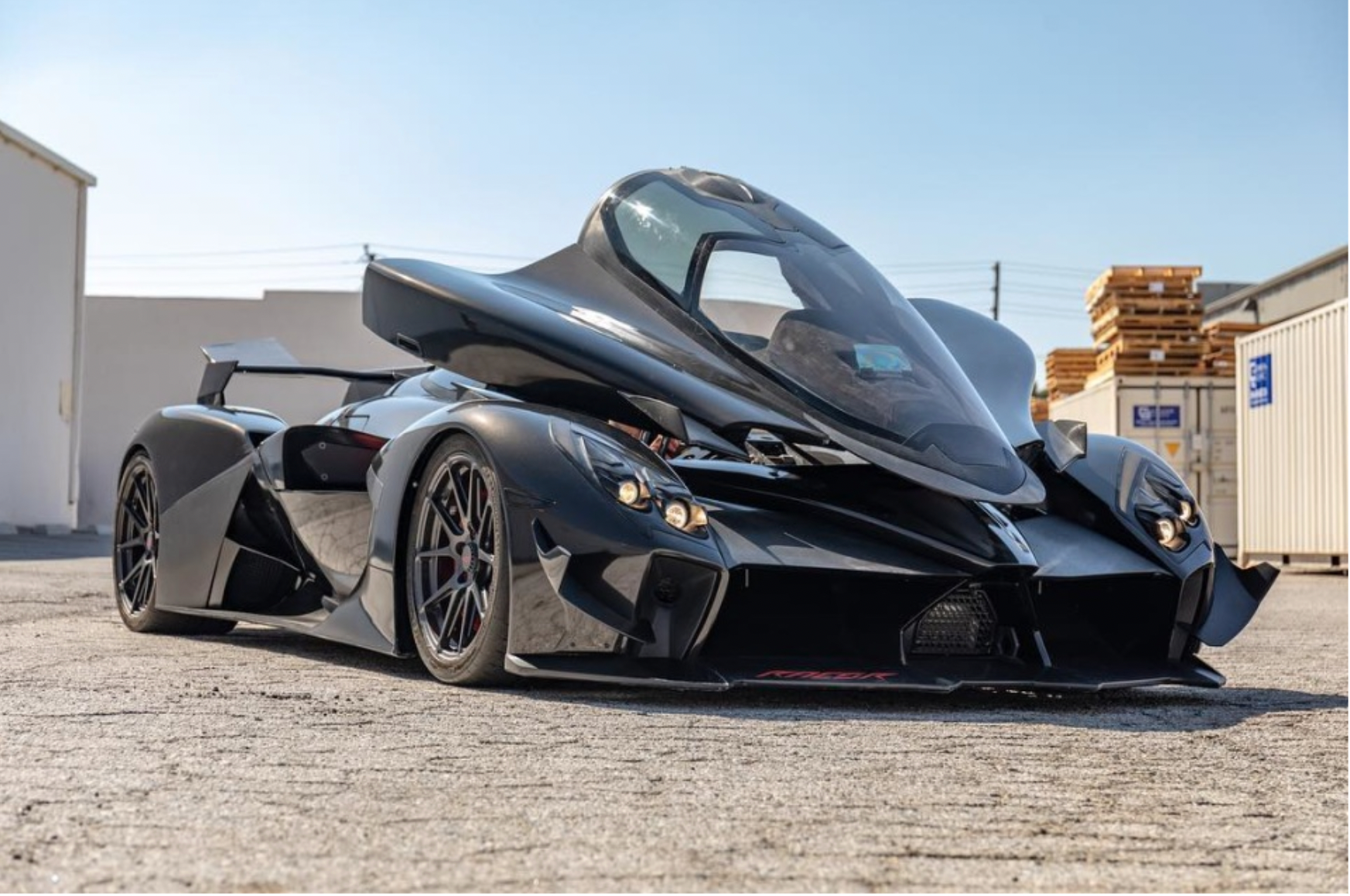
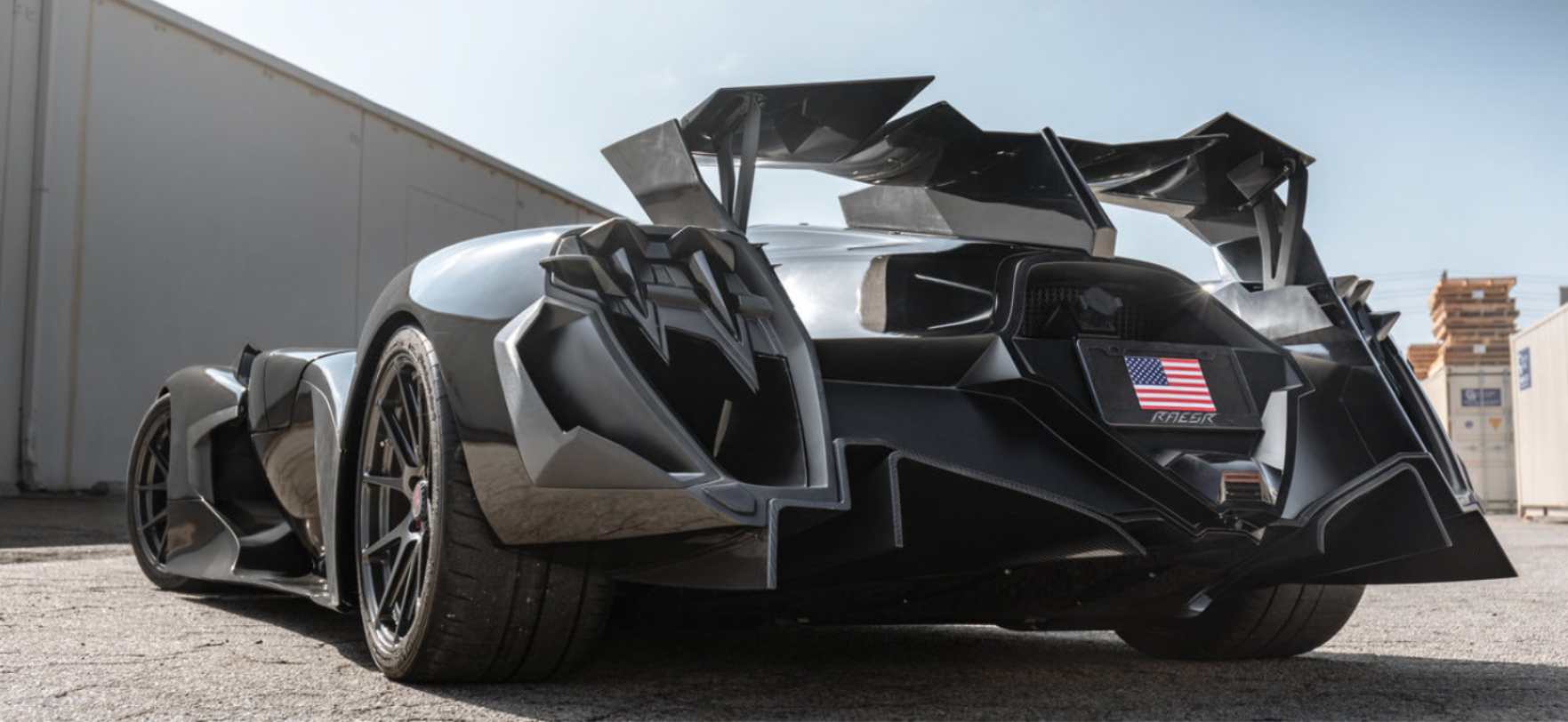
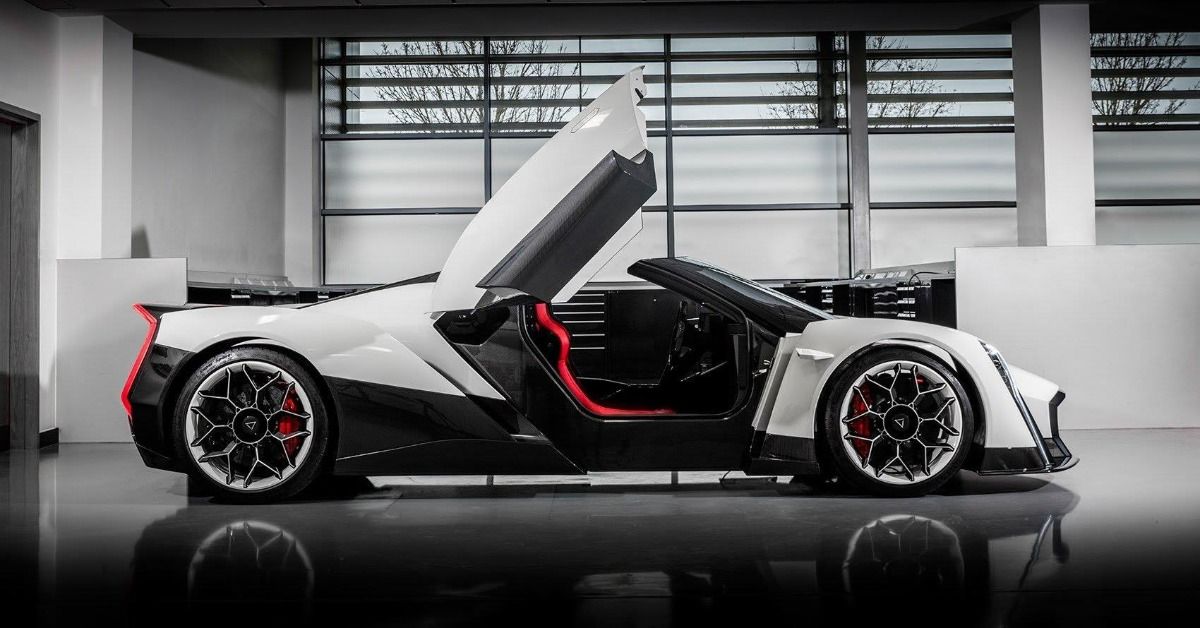
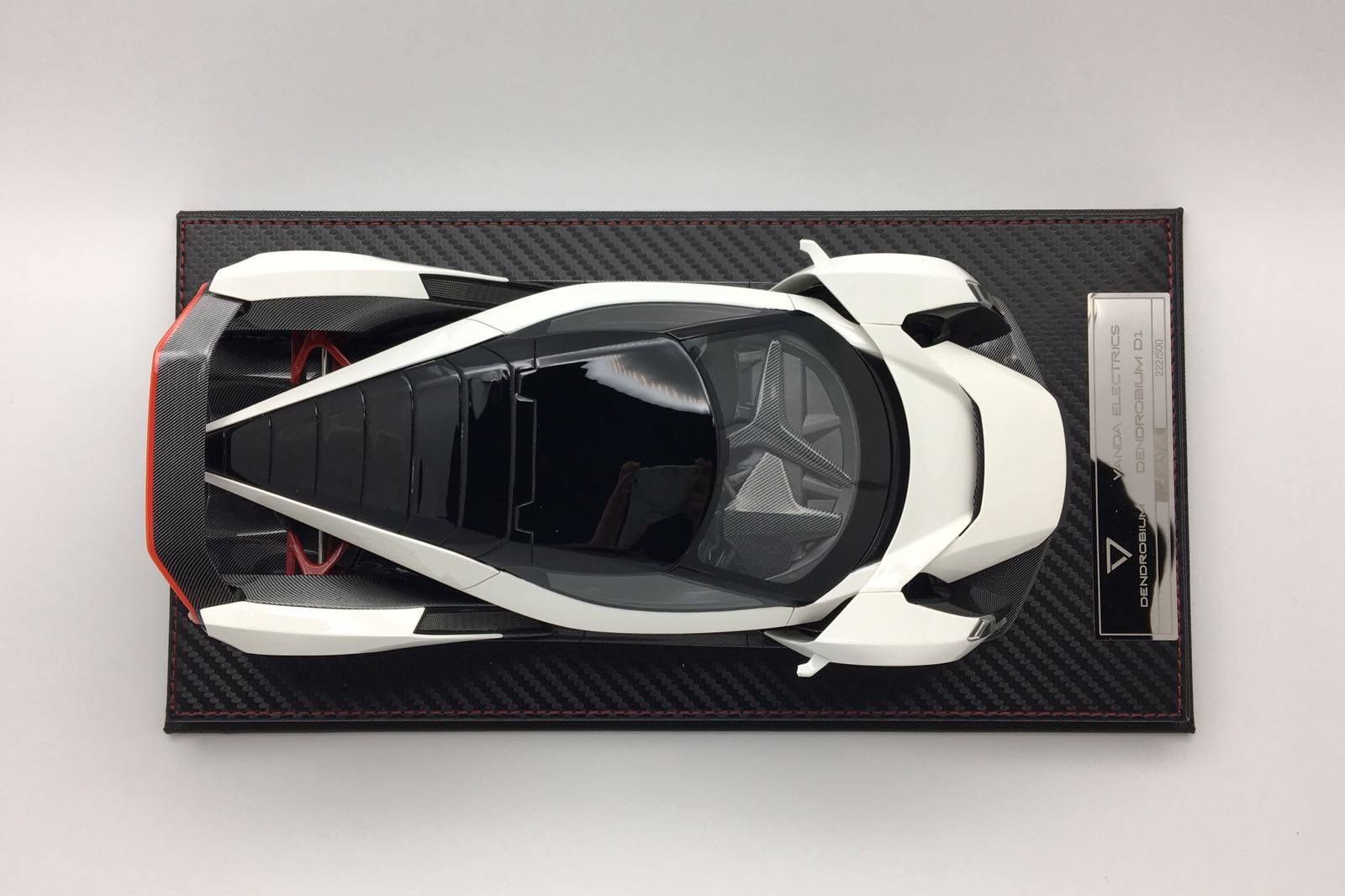
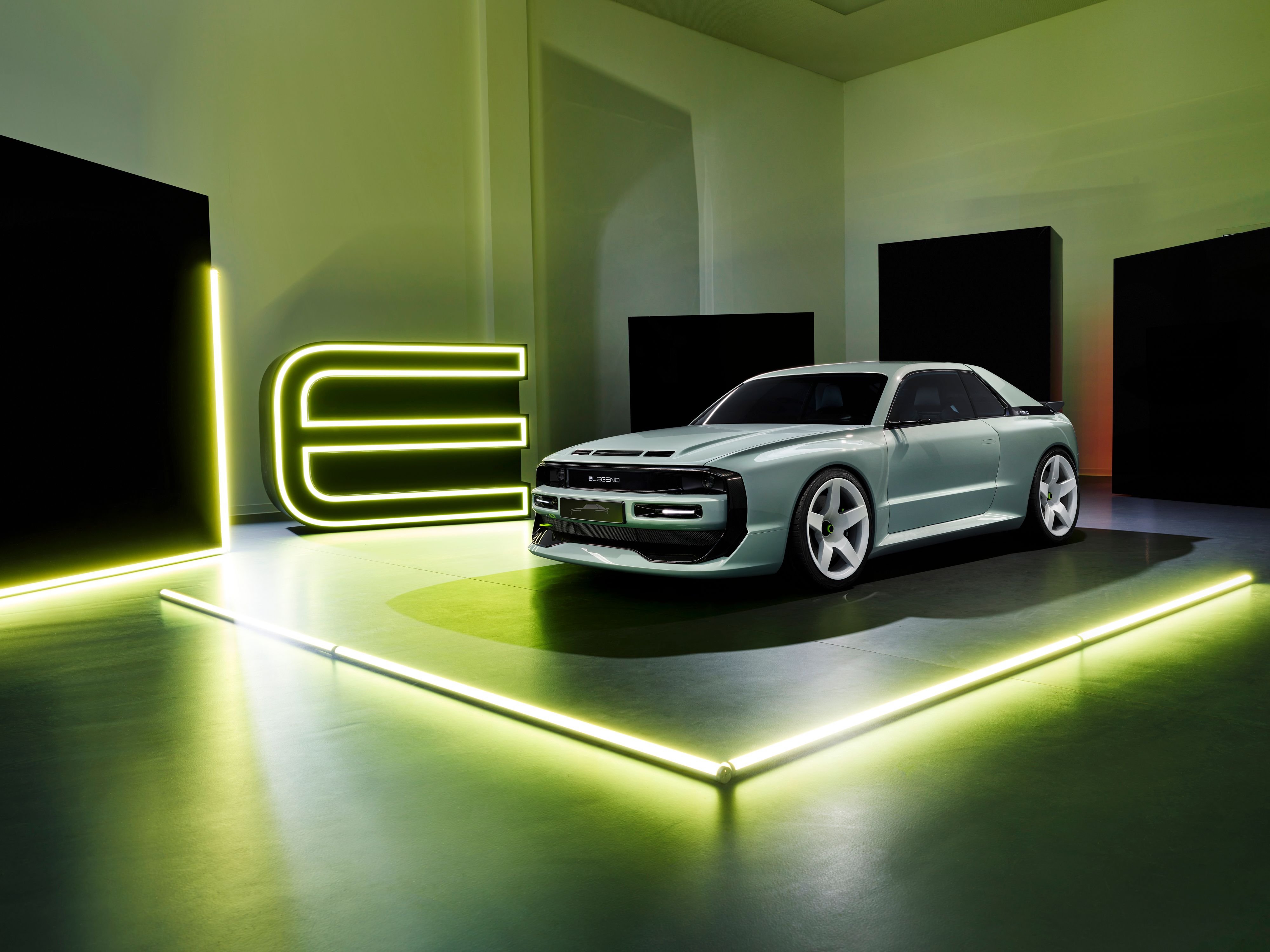
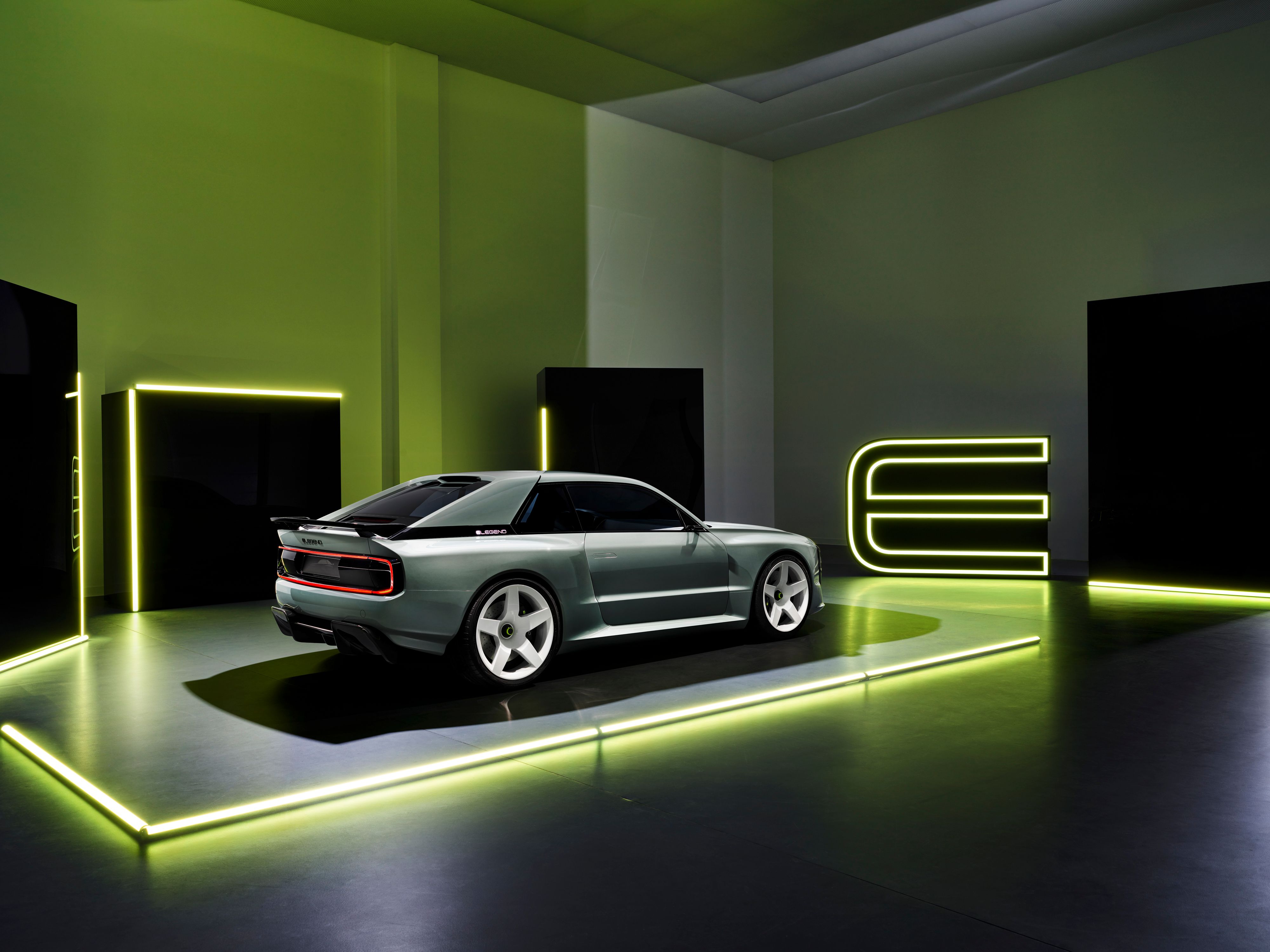
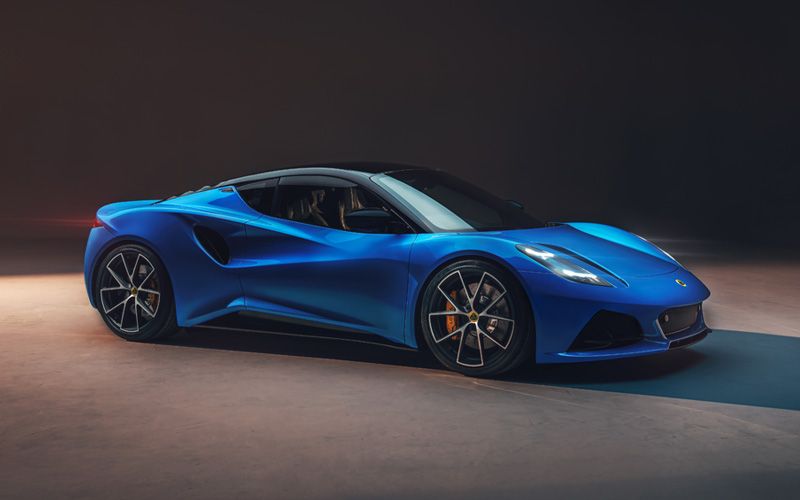
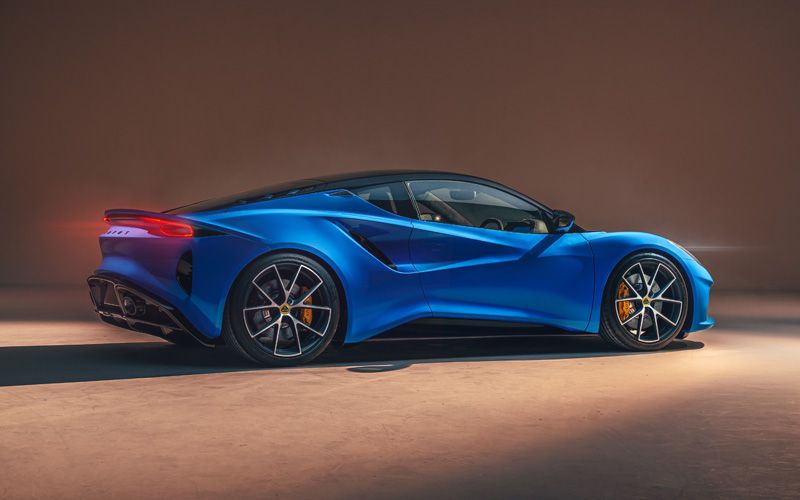

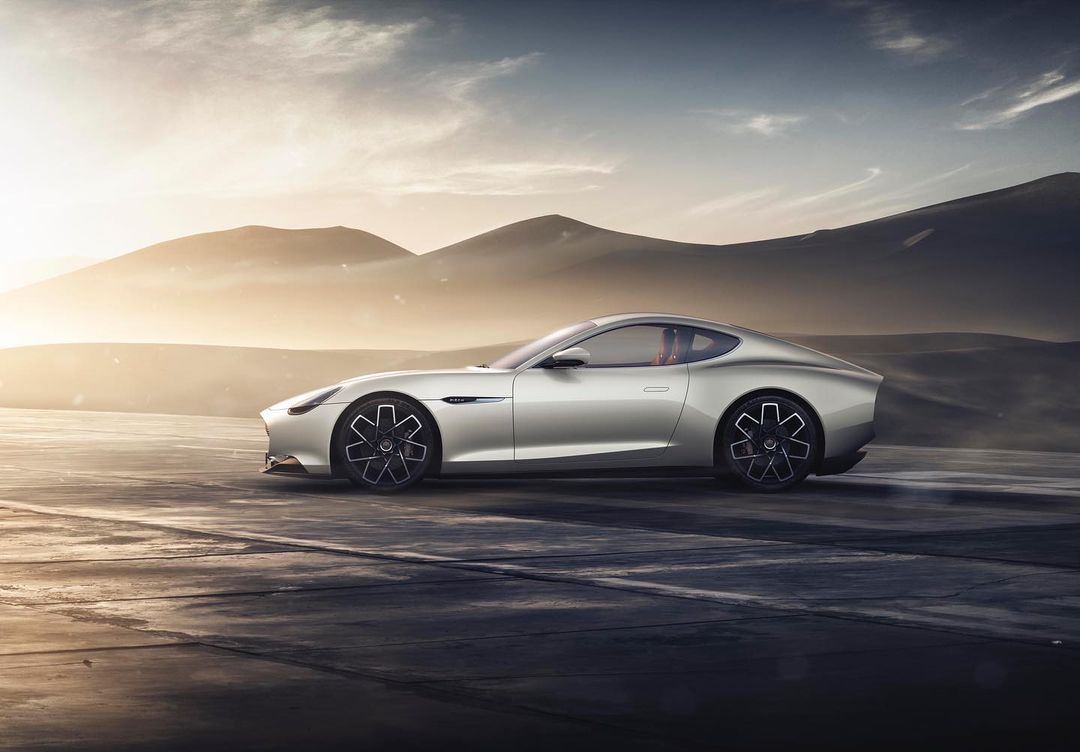
--Inside-EVs.jpg)
--Motor-Authority.jpg)
